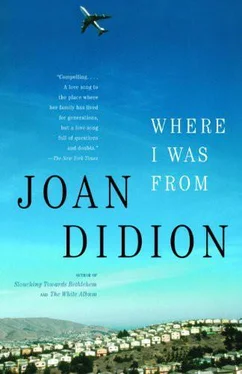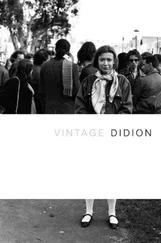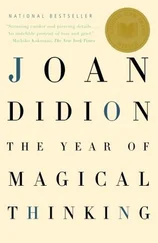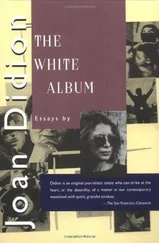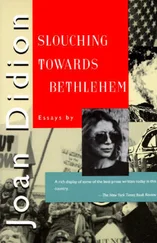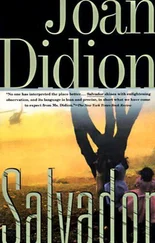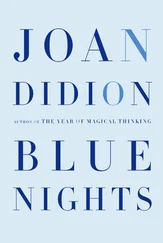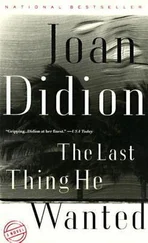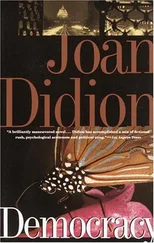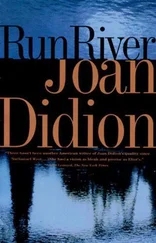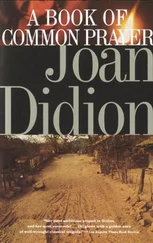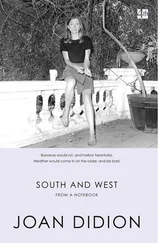Came by Carson City climbing mountains all the time, to Lake Tahoe and on down. Lived in the mountains as Father was sick with chills and fever. Had to give up our stock driver and Mother looked after the stock. Found two or three families of old country folk and lived with them until we got located in a sheep herder’s house and lived the winter with him until Father got a house built on the hill ranch near Florin, $2 an acre government land. Father paid cash for 360 acres as he had sold the team and had some money. Went to raising grain and stock, had twelve cows and made and sold butter and eggs and chickens, once in a while a calf. Drove to Sacramento once a week to sell the stuff. Father and Dave did the churning, Mother and I did the milking. I walked six miles to school, to where the graveyard is now on Stockton Boulevard.
That first Reese ranch in Florin, enlarged after a few years from 360 to 640 acres, was into my adult life still owned by my family, or, more precisely, by a corporation called the Elizabeth Reese Estate Company, the shareholders in which were all members of my family. Occasionally, late at night, my father and brother and I would talk about buying out the interests of our cousins in what we still called “the hill ranch” (there was no actual “hill,” but there was on the original acreage a rise of perhaps a foot), a move that would have pleased them, since most of them wanted to sell it. I was never able to ascertain whether my father’s interest in holding this particular ranch was in any way sentimental; he spoke of it only as a cold property in the short term but a potentially hot one in the long. My mother had no interest in keeping the hill ranch, or in fact any California land: California, she said, was now too regulated, too taxed, too expensive. She spoke enthusiastcally, on the other hand, about moving to the Australian outback.
“Eduene,” my father would say, a remonstration.
“I would,” she would insist, reckless.
“Just leave California? Give it all up?”
“In a minute” she would say, the pure strain talking, Elizabeth Scott’s great-great-great-great-granddaughter. “Just forget it.”
“ONE hundred years ago, our great-great-grandparents were pushing America’s frontier westward, to California.” So began the speech I wrote to deliver at my eighth-grade graduation from the Arden School, outside Sacramento. The subject was “Our California Heritage.” Developing a theme encouraged by my mother and grandfather, I continued, made rather more confident than I should have been by the fact that I was wearing a new dress, pale green organdy, and my mother’s crystal necklace:
They who came to California were not the self-satisfied, happy and content people, but the adventurous, the restless, and the daring. They were different even from those who settled in other western states. They didn’t come west for homes and security, but for adventure and money. They pushed in over the mountains and founded the biggest cities in the west. Up in the Mother Lode they mined gold by day and danced by night. San Francisco’s population multiplied almost twenty times, until 1906, when it burned to the ground, and was built up again nearly as quickly as it had burned. We had an irrigation problem, so we built the greatest dams the world has known. Now both desert and valley are producing food in enormous quantities. California has accomplished much in the past years. It would be easy for us to sit back and enjoy the results of the past. But we can’t do this. We can’t stop and become satisfied and content. We must live up to our heritage, go on to better and greater things for California.
That was June 1948.
The pale green of the organdy dress was a color that existed in the local landscape only for the few spring days when the rice first showed.
The crystal necklace was considered by my mother an effective way to counter the Valley heat.
Such was the bunkering effect of the local dreamtime that it would be some years before I recognized that certain aspects of “Our California Heritage” did not add up, starting with but by no means limited to the fact that I had delivered it to an audience of children and parents who had for the most part arrived in California during the 1930s, refugees from the Dust Bowl. It was after this realization that I began trying to find the “point” of California, to locate some message in its history. I picked up a book of revisionist studies on the subject, but abandoned it on discovering that I was myself quoted, twice. You will have perhaps realized by now (a good deal earlier than I myself realized) that this book represents an exploration into my own confusions about the place and the way in which I grew up, confusions as much about America as about California, misapprehensions and misunderstandings so much a part of who I became that I can still to this day confront them only obliquely.
AGOOD deal about California does not, on its own preferred terms, add up. The Sacramento River, the main source of surface water in a state where distrust of centralized governmental authority has historically passed for an ethic, has its headwaters in the far northern ranges of Siskiyou County. It picks up the waters of the McCloud and the Pit Rivers above Redding, of the Feather and the Yuba and the Bear below Knight’s Landing, of the American at Sacramento, of the San Joaquin below Steamboat Slough; and empties through San Francisco Bay into the Pacific, draining the deep snowpacks of the southern Cascades and the northern Sierra Nevada. “The river here is about 400 yards wide,” one of my great-great-grandfathers, William Kilgore, whose daughter Myra married into the Reese family, wrote in the journal of his arrival in Sacramento in August of 1850. “The tide raises the water about 2 ft. and steamboats and vessels are here daily. From this place to San Francisco is about 150 miles by water. All of this distance the river has low banks and is subject to inundation for several miles back.” That the land to which he intended eventually to bring his wife and two children was “subject to inundation for several miles back” seems not to have presented itself as an argument against immediate settlement. “This is one of the trying mornings for me, as I now have to leave my family, or back out,” he had written in his journal four months before. “Suffice it to say, we started.” Yet this river that had been from the beginning his destination was one regularly and predictably given, during all but the driest of those years before its flow was controlled or rearranged, to turning its valley into a shallow freshwater sea a hundred miles long and as wide as the distance between the coast ranges and the foothills of the Sierra Nevada: a pattern of flooding, the Army Corps of Engineers declared in 1927, more intense and intractable than that on any other American river system including the Mississippi.
This annual reappearance of a marsh that did not drain to the sea until late spring or summer was referred to locally not as flooding but as “the high water,” a seasonal fact of life, no more than an inconvenient but minor cost of the rich bottom land it created, and houses were routinely built with raised floors to accommodate it. Many Sacramento houses during my childhood had on their walls one or another lithograph showing the familiar downtown grid with streets of water, through which citizens could be seen going about their business by raft or rowboat. Some of these lithographs pictured the high water of 1850, after which a three-foot earthen levee between the river and the settlement was built. Others showed the high water of 1852, during which that first levee was washed out. Still others showed the high water of 1853 or 1860 or 1861 or 1862, nothing much changing except the increasing number of structures visible on the grid. “If you will take, on a map of California, Stockton, Sacramento, and San Francisco as guiding points, you will see that a large part of the land lying between these cities is marked ‘swamp and overflowed,’” Charles Nordhoff, the grandfather of the co-author of Mutiny on the Bounty , wrote in his 1874 Northern California, Oregon and the Sandwich Islands:
Читать дальше
Конец ознакомительного отрывка
Купить книгу
